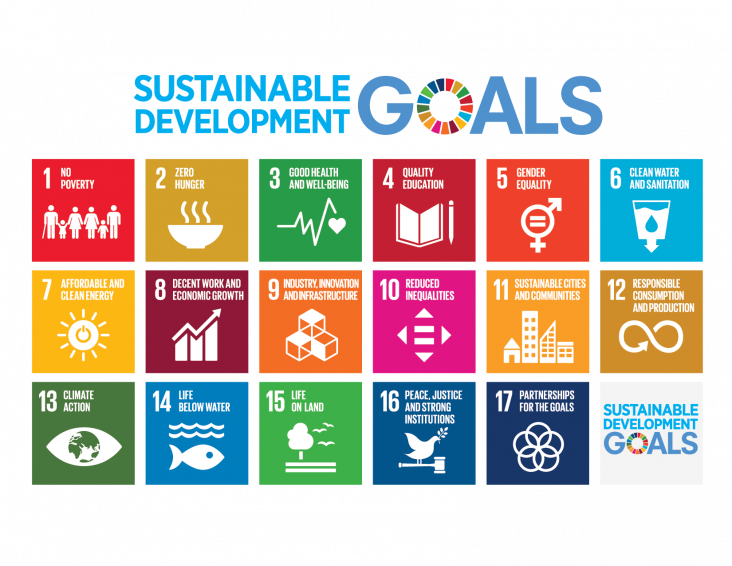The new 2030 sustainable development agenda is likely to dominate policy and academic debates at both national and international levels over next 15 years and beyond.
High-tech products like batteries and electronics contain a variety of valuable, scarce, and in some cases potentially harmful materials, but in only a few exceptional cases (such as lead-acid batt

The Blueprint for Business Leadership on the SDGs aims to inspire all business to take leading action in support of the achievement of all Sustainable Development Goals (SDGs).
